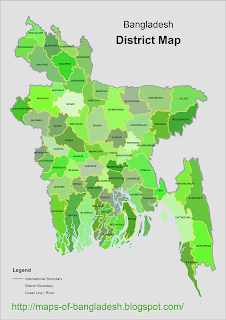In 1905, Sylhet became a divisional headquarter of Eastern Bengal and Assam. In 1912, it was again separated from Bengal and made part of Assam Province. The Muslims of Sylhet generally favored reunion with Bengal. The Bengali Muslim elite in Dacca also vouched for Sylhet's reunion with Bengal. By the 1920s, organizations such as the Sylhet Peoples Association and Sylhet-Bengal Reunion League mobilized public opinion demanding the division's incorporation into Bengal. Nevertheless, the Bengalis of Sylhet were influentially placed in the administration, educational institutions and commercial activities of Assam.
Due to the size of Sylhet's Bengali Muslim majority, the All India Muslim League formed the first elected government in British Assam.
The numbers of lascars grew between the two world wars, with some ending up in the docks of London and Liverpool. Sylhet's lascars married English women. During World War II, many fought on the Allied front before settling down in the United Kingdom, where they opened Indian curry cafes and restaurants.
In 1947, following a referendum, almost all of erstwhile district of Sylhet became a part of East Bengal in the Dominion of Pakistan, barring its Karimganj sub-division which was incorporated into the Dominion of India. The referendum was held on 6 July 1947. 239,619 people voted to join Pakistan and 184,041 voted to be part of India. The referendum was acknowledged by Article 3 of the Indian Independence Act 1947.
 History
History